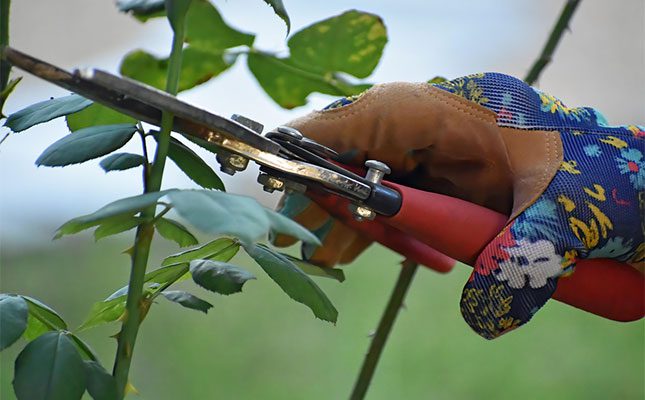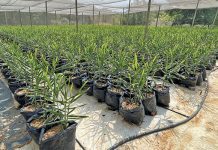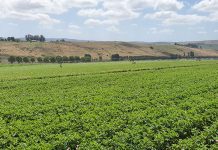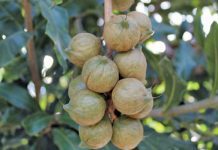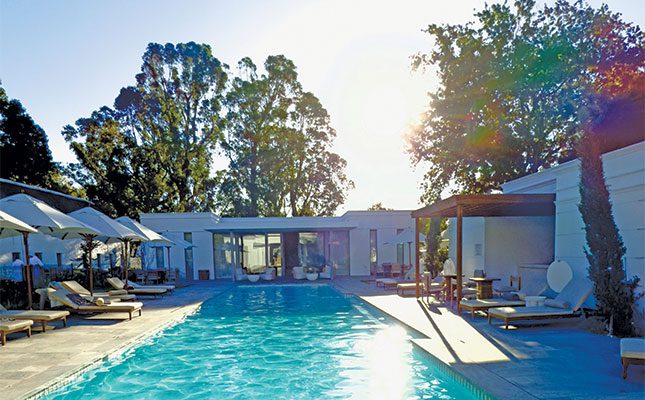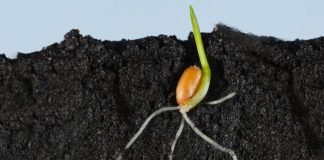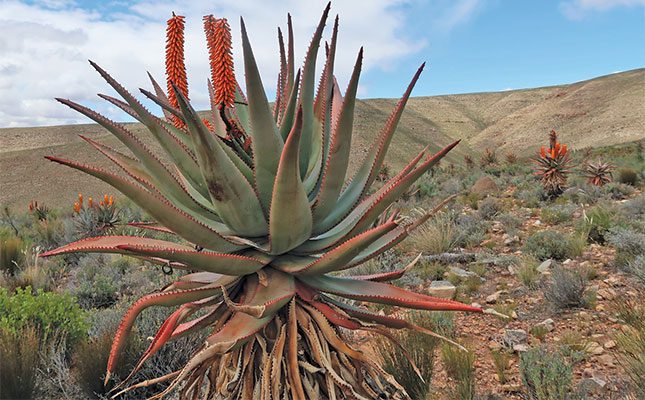
Photo: Wikimedia Commons
Indigenous to South Africa, Aloe ferox, also known as the Cape aloe or bitter aloe, grows abundantly across the Western and Eastern Cape, the southern Free State, and the Klein Karoo. Its varied habitats include rocky slopes, grassy fynbos-covered landscapes, and shrubland.
This single-stemmed succulent is unmistakeable, featuring pointed, dull green leaves edged with reddish-brown thorns. Old, dried leaves form a ‘skirt’ at its base, and striking red or orange flower spikes bloom in winter, attracting numerous bird and insect species with their nectar. Mature plants can reach heights of over 3m and widths of about 1m.
Unique attributes
Compared with A. vera, A. ferox contains substantially higher levels of aloin (a compound in the plant’s bitter sap) and amino acids, making it more potent for medicinal and skincare applications.
With antiseptic, anti-inflammatory, anti-arthritic, and hydrating properties, it has a range of uses. The gel from the leaves is used for treating wounds, burns, insect bites, and skin conditions like eczema and acne. It is also used in cosmetic products for its moisturising and anti-ageing properties.
The bitter sap serves as a strong purgative, and is also said to alleviate symptoms of arthritis. Studies suggest that it may also improve blood pressure and aid weight loss, possibly due to its laxative and detoxifying properties.
South Africa’s indigenous people have a long-standing tradition of using A. ferox. Today, it is the most commercially traded indigenous plant in South Africa and is primarily wild harvested.
Growing aloe ferox
There are several ways to grow A. ferox, including from seed, which can be bought online from local suppliers. Horticulturalists suggest filling seedling trays with a mixture of river sand, compost, and soil, sowing the seeds on the surface, and then covering them with a layer of soil.
Place the tray in a warm, shady spot. Once the seeds have germinated, move the seedlings into an area with good light. Keep them moist but do not overwater. You can transplant the seedlings into pots after about six months.
It is also possible to propagate A. ferox from offsets or ‘pups’ – these are the new plants that sprout from the base of a mature plant, and this method has a good success rate.
Using a sharp, sterile knife, carefully remove them by cutting close to the base to include any roots. Offsets with roots can be planted immediately in well-draining soil, but those without roots should be left to dry out for a couple of days before potting.
If you’d like an A. ferox as a houseplant, position it in bright light but be careful not expose it to direct sunlight through a glass window or it will be singed. Water sparingly and allow the soil to dry out in between waterings.
A. ferox is a low-maintenance plant that’s ideal for a water-wise garden, rockery, or succulent garden. Plant it in full sun, and if you’re planting several, space them 1m apart to allow for their full spread.
The seeds are available online from seedsandall.co.za and proteaseeds.com, while the plants can be purchased from plantsdirect.co.za and happybynature.com.
Source: ScienceDirect. ‘Cape aloes – A review of the phytochemistry, pharmacology and commercialisation of Aloe ferox’. bit.ly/3F1ZL4K.



